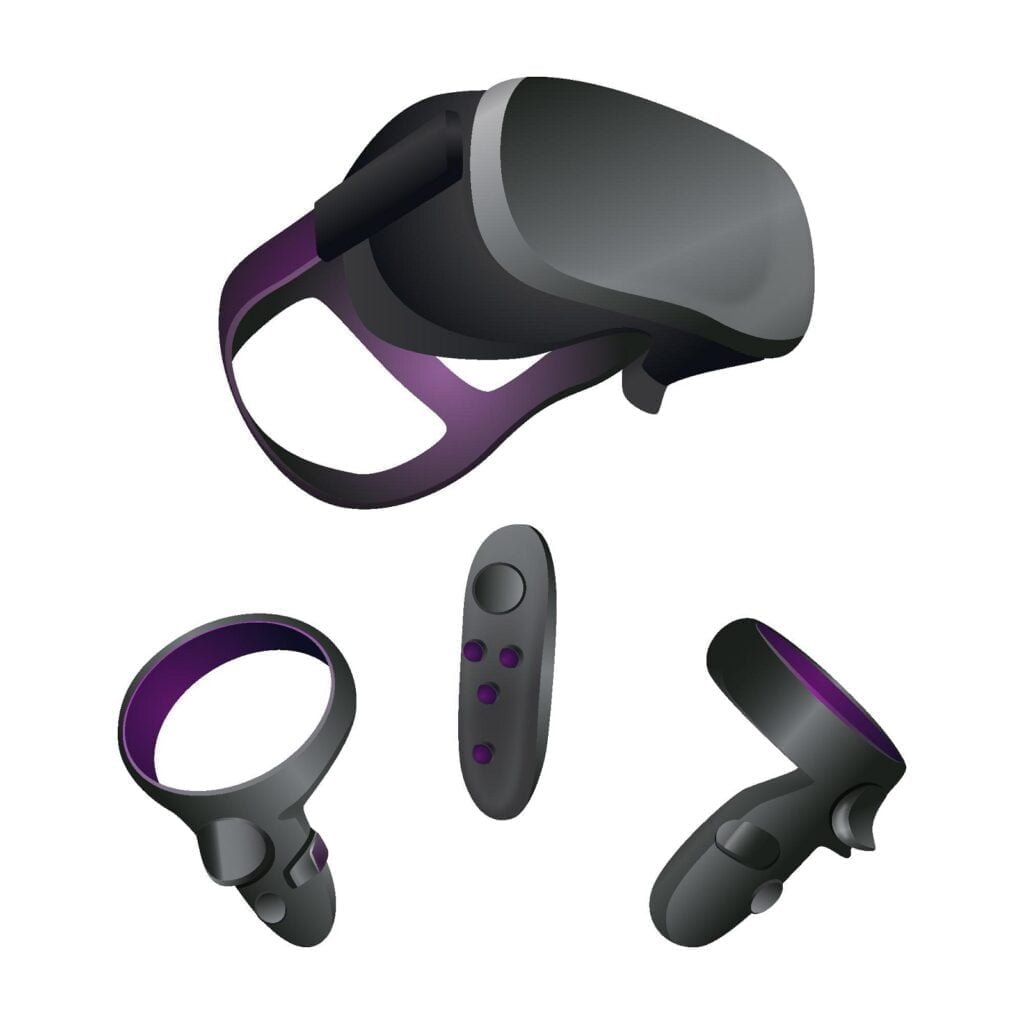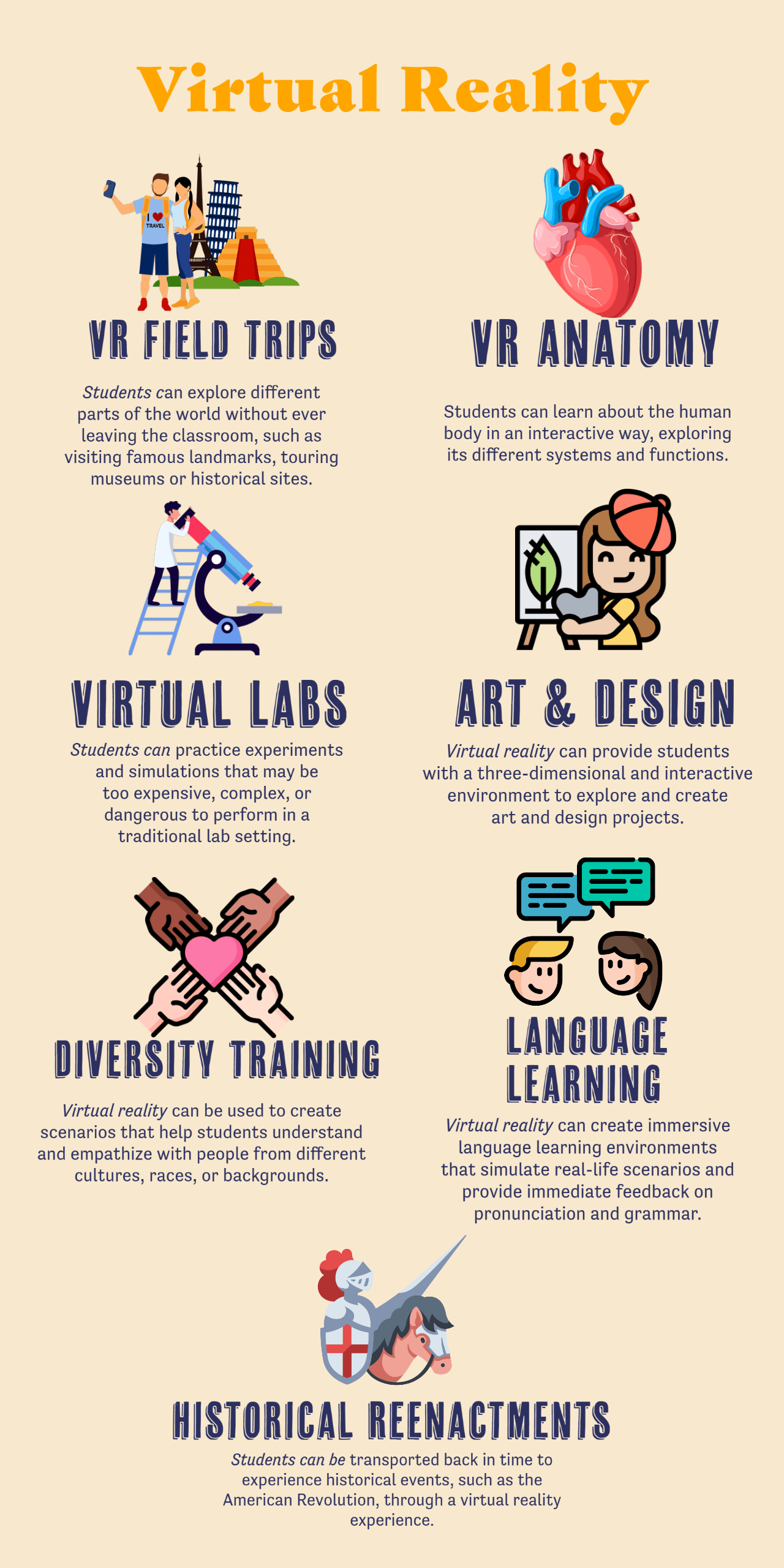With virtual reality for language learning, you can immerse yourself in a foreign language environment without ever leaving your home. This technology has gained popularity due to its interactive and engaging learning experience that surpasses traditional textbooks and classroom settings.
The Best VR Headsets for Language Learning
Before we dive into the best virtual reality for language learning experiences, let’s take a look at some of the best VR headsets on the market. The Meta Quest 2 is a popular choice for language learners due to its portability and affordability, while the Valve Index is a high-end option for those who want the best graphics and immersive experience. Other notable VR headsets include the HTC Vive, the PlayStation VR, and the Samsung Gear VR.
The Best Virtual Reality Language Learning Experiences

One of the best virtual reality language learning experiences is Mondly VR, a language learning app that combines VR technology with speech recognition and interactive chatbots. With Mondly VR, users can practice speaking in real-life situations, such as ordering food at a restaurant or checking into a hotel, all within a virtual environment.
Another popular virtual reality language learning experience is Babbel VR, which offers French, Spanish, and German language courses. Babbel VR takes learners on a virtual trip to a foreign country where they can practice their language skills in realistic scenarios.
Can You Learn a Language in VR?
The short answer is yes; you can learn a language in VR. Studies have shown that virtual reality technology can be an effective tool for language learning, as it allows learners to practice their language skills in a safe and immersive environment. VR also provides learners with immediate feedback on their pronunciation and grammar, which can help them improve their skills more quickly.
What is the VR game to learn a new language?
One popular VR game for language learning is “Learn Languages with Rosetta Stone,” which offers courses in over 20 languages. The game lets people practice speaking, listening, and reading in a foreign language by giving them interactive tasks and immersive environments.
What language-learning apps are available for virtual reality headsets?
There are several language-learning apps available for virtual reality (VR) headsets, which provide an immersive and interactive learning experience. Some of the most popular apps include:
Mondly VR: This app for learning languages has courses in more than 30 different languages and uses VR technology to make learning more immersive. Users can practice speaking in real-life situations, such as ordering food at a restaurant or checking into a hotel, all within a virtual environment.
Babbel VR: Babbel VR offers language courses in French, Spanish, and German, and takes learners on a virtual trip to a foreign country where they can practice their language skills in realistic scenarios.
Learn Languages with Rosetta Stone: This VR game offers language courses in over 20 languages and uses interactive activities and immersive environments to help learners practice speaking, listening, and reading in a foreign language.
Language Zen VR: Language Zen offers courses in Spanish, French, and German, and uses VR technology to create an immersive and engaging learning experience. The app focuses on teaching vocabulary and grammar in a fun and interactive way.
Noun Town: Noun Town is a virtual reality app designed to help children learn and practice their vocabulary skills. In the app, kids are taken to a fun and colorful virtual world where they can play with things and characters that stand for different nouns. As kids walk around the town, they are asked to name the things and animals they see. This helps them learn new words and use the ones they already know. Noun Town is a fun and interesting way for kids to improve their language skills. It uses an immersive and interactive style to help kids learn words.
How Can Virtual Reality Be Used in Learning?
Virtual reality can be used in a variety of ways to enhance learning. In addition to language learning, VR can be used to teach subjects such as history, science, and art. VR can also be used to simulate real-life scenarios, such as medical procedures or dangerous situations, to help learners practice and develop their skills in a safe environment.
What is virtual reality in English language teaching?
Virtual reality in the teaching of English as a foreign language means using VR technology to teach English. VR can be used to create immersive language learning environments that mimic real-life situations. This lets people practice their language skills in a safe and controlled setting.
Is VR OK for the brain?
Studies have shown that VR is generally safe for the brain, although some people may experience motion sickness or other side effects. It’s important to use VR technology responsibly and take breaks if you feel uncomfortable.
Can You Learn Skills in VR?
Yes, you can learn a variety of skills in VR, from language learning to technical skills such as welding or programming. VR gives learners a safe and immersive place to practice and improve their skills without the risk of getting hurt or breaking something.
Great Examples of Virtual Reality in Education
Virtual reality has been used in education to make learning about a wide range of topics more immersive. For example, the “VR Field Trips” app allows students to take virtual field trips to locations such as the Great Wall of China, the Amazon rainforest, and even outer space. The app provides an interactive and engaging way for students to learn about different cultures and environments.
Another example of VR in education is the “VR Anatomy” app, which allows students to explore the human body realistically and interactively. The app provides a hands-on learning experience that helps students understand complex anatomical concepts.
Advantages of Virtual Reality in Education
One of the best things about virtual reality in education is that it can make learning more immersive and interesting. VR lets people practice and improve their skills in a safe and controlled environment, which can help them feel better about themselves and do better at what they do. VR can also give learners immediate feedback on how they are doing, which helps them get better faster.

Disadvantages of VR in Education
While virtual reality can provide many educational benefits, it also has disadvantages. One of the main disadvantages is the cost of VR technology, which can be a barrier for some schools and learners. VR also requires specialized equipment and training, which can be time-consuming and difficult to implement. Additionally, some learners may experience motion sickness or other side effects while using VR technology.
Frequently Asked Questions
How can making mistakes in virtual reality help gain confidence in language learning?
Making mistakes in virtual reality can help learners gain confidence in their language skills without fear of judgment or embarrassment.
What is the impact of being immersed in engaging virtual reality encounters for language learning?
Immersive virtual reality encounters can help language learners practice and improve their skills in a realistic, engaging, and safe environment.
How can virtual reality technology improve motivation and pacing in language learning?
Virtual reality technology can improve motivation and pacing in language learning by providing learners with interactive and engaging activities, immediate feedback, and personalized learning experiences.
How does virtual reality for language learning provide an interactive and personalized learning experience?
Virtual reality technology can create a personal connection for language learners by allowing them to engage with the language in a meaningful and immersive way.
What are the benefits of virtual reality technology for language learning, and how can it enhance traditional learning methods?
The benefits of virtual reality technology for language learning include enhanced engagement, motivation, and retention, as well as the ability to provide real-life situations for practice.
What are the limitations of virtual reality for language learning, and how can they be addressed to maximize its potential?
The limitations of virtual reality for language learning include cost, accessibility, and the need for specialized equipment and training. However, these limitations can be addressed through innovation, creativity, and collaboration.








Recent Comments